Below are my codes:
library(fitdistrplus)
s <- c(11, 4, 2, 9, 3, 1, 2, 2, 3, 2, 2, 5, 8,3, 15, 3, 9, 22, 0, 4, 10, 1, 9, 10, 11,
2, 8, 2, 6, 0, 15, 0 , 2, 11, 0, 6, 3, 5, 0, 7, 6, 0, 7, 1, 0, 6, 4, 1, 3, 5,
2, 6, 0, 10, 6, 4, 1, 17, 0, 1, 0, 6, 6, 1, 5, 4, 8, 0, 1, 1, 5, 15, 14, 8, 1,
3, 2, 9, 4, 4, 1, 2, 18, 0, 0, 10, 5, 0, 5, 0, 1, 2, 0, 5, 1, 1, 2, 3, 7)
o <- fitdist(s, "gamma", method = "mle")
summary(o)
plot(o)
and the error says:
Error in fitdist(s, "gamma", method = "mle") : the function mle failed to estimate the parameters, with the error code 100



